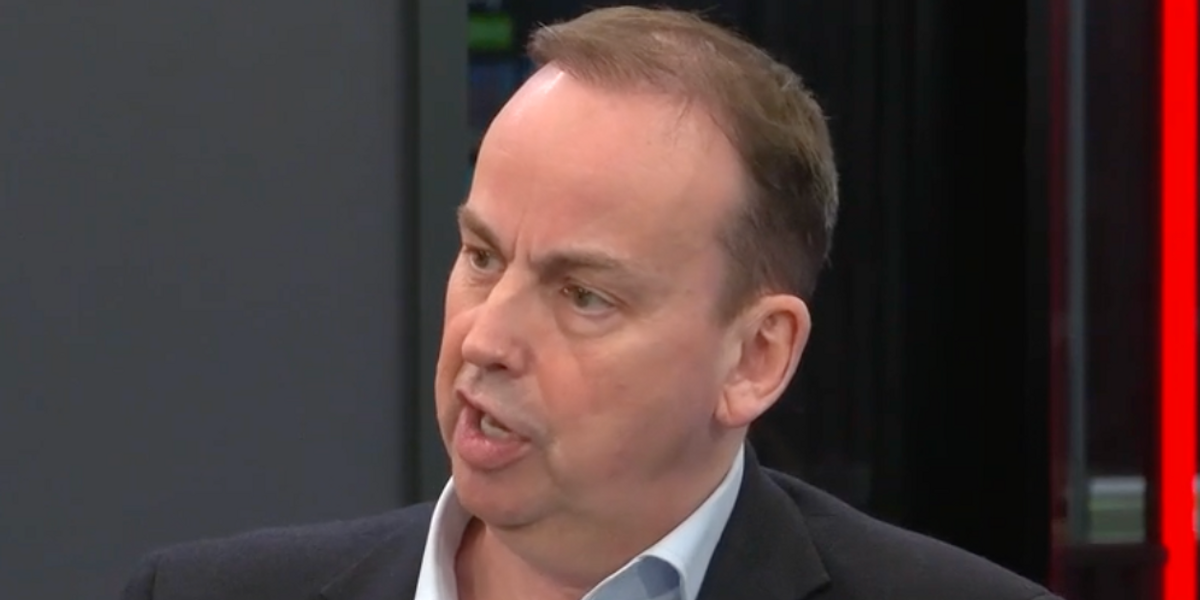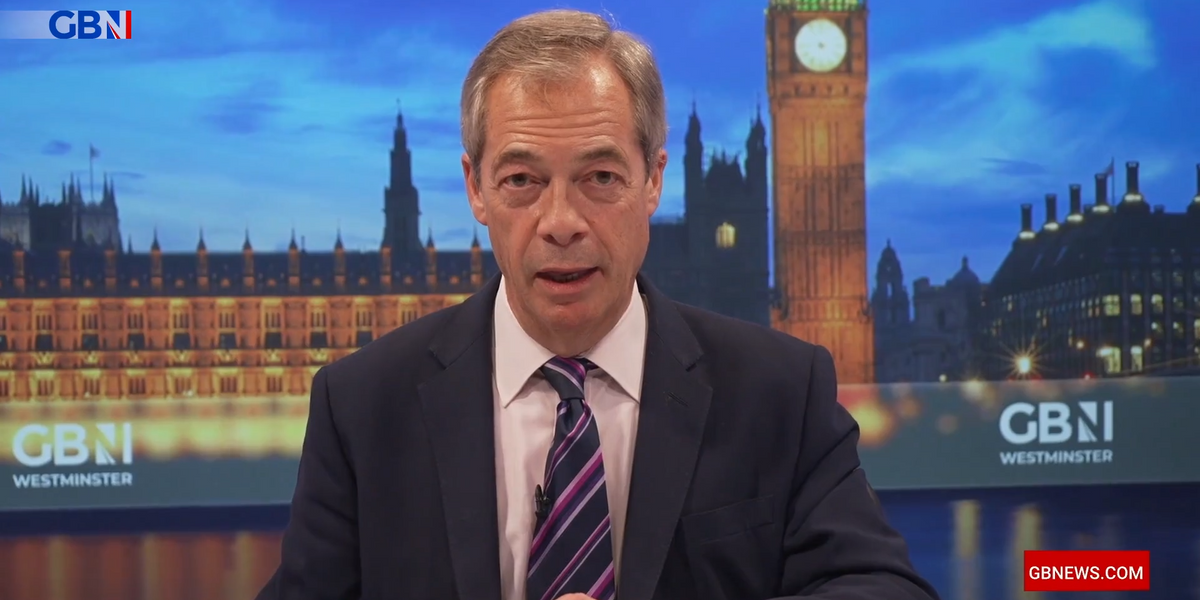
The Australian dollar in various denominations.
Brendon Thorne | Bloomberg | Getty Images
The market contradiction with the persists. The Australian market is making new 10-year highs, although has stalled near resistance at 6,300. New and persistent market highs are a sign of economic strength, although the Reserve Bank of Australia continues with low interest rates while it waits for growth to pick up.
When the Australian dollar last fell dramatically from $0.94 to $0.69 in 2014 to 2016, it matched a fall in the Australian Index from 5,976 to 4,746. We are not currently seeing the same dramatic fall in the Australian dollar, but we are seeing a contradiction in market behavior.
Here’s the contradiction: The Australian dollar is falling and the Australian market is making new 10-year highs.
The Australian dollar broke the long-term uptrend in April and quickly developed a substantial downtrend. It reached 12-month lows at $0.74 and now looks to be heading toward two-year lows near $0.715. Australia’s central bank is celebrating because it has been aiming for a lower dollar as a matter of principle.
The last time the Australian market was trading near the current highs, the Aussie was trading at $0.81 rather than heading for a low of $0.715. The last time the AUD traded around $0.715 the Australian index was at a low near 4,750 rather than a 10-year high near 6,300.
When the AUD uptrend line was broken near $0.765 it took less than three weeks to touch $0.74. This support level has been tough and the AUD hovered around it for the past eight weeks. A fall below $0.74 has a downside target near $0.715. That target is established using the support area tested in 2016 and 2017.
The trajectory of the Aussie dollar suggests the contradiction may be resolved with the Aussie market moving back into trend sync with the Aussie dollar. The prolonged, and to date, unsuccessful, testing of resistance near 6,300 suggests some trend weakness. However, this is not supported by other trend indicators, which show a sustainable uptrend.
The weakness in the Australian dollar started in January this year. The rebound strength in the U.S. dollar didn’t start until April following a consolidation near $0.89. That four month period suggests there is a weak relationship between Australian dollar weakness and U.S. dollar strength.
The contradiction between Australian dollar weakness and Australian market strength is not easily resolved. Traders are alert for evidence of a pullback in the Australian market if the Aussie dollar fails to hold support near $0.74.
Daryl Guppy is a trader and author of Trend Trading, The 36 Strategies of the Chinese for Financial Traders, which can be found at www.guppytraders.com. He is a regular guest on CNBC Asia Squawk Box. He is a speaker at trading conferences in China, Asia, Australia and Europe. He is a special consultant to AxiCorp.
For more insight from CNBC contributors, follow @CNBCopinion on Twitter.
24World Media does not take any responsibility of the information you see on this page. The content this page contains is from independent third-party content provider. If you have any concerns regarding the content, please free to write us here: contact@24worldmedia.com
Latest Posts

Nigel Farage threatens NatWest with court proceedings to resolve debanking scandal


Amazon delivery driver ‘desperate’ for toilet smashed head on into car

Ricky Norwood set for ITV Dancing on Ice axe as dance expert exposes worrying ‘narrowing down’ trend


HMRC to give hundreds of thousands of households a £300 tax-free payment from today

The culpability for this recession must surely lie with the Bank of England

BBC The Apprentice viewers slam ‘awkward editing’ as contestant cut from spin-off show

BBC to air Steve Wright’s final Top of The Pops appearance amid backlash for treatment of late star

I point the finger of blame far more at the Bank of England than the government on recession